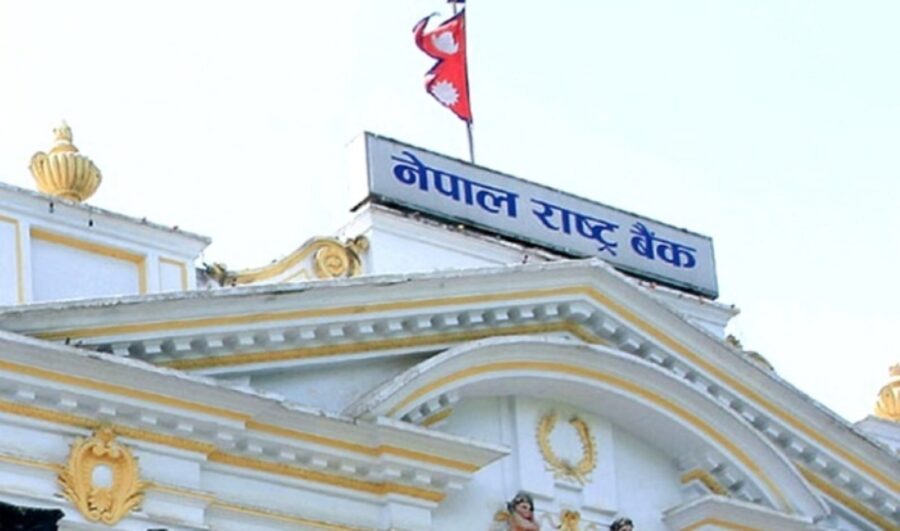

KATHMANDU: With the current fiscal year nearing its end, Nepal’s financial system is facing a deepening liquidity surplus, despite improved loan recovery in recent weeks.
This surplus has led banks and financial institutions to deposit a record Rs 5.20 trillion at the Nepal Rastra Bank (NRB) by Thursday through instruments like long-term deposit collection and the standing deposit facility.
The improved recovery of loans—especially in Ashar—has contributed to this excess liquidity. Rather than holding recovered funds idle, banks prefer to park them with the central bank, earning up to 3% interest.
Meanwhile, lending growth remains below target, with credit to the private sector expanding only 8.4% until Baisakh, against the projected 12.5%.
Out of the total deposits at NRB, Rs 3.10 trillion came through deposit collection tools, while Rs 2.10 trillion was via the standing facility.
Last fiscal year, deposits had reached Rs 3.55 trillion by year-end—far less than this year’s level, even with two weeks remaining.
Due to weak demand for new credit, banks are focusing on recoveries to strengthen their balance sheets. The central bank has been absorbing liquidity for over two months, with much of that money not expected to return to the market before Bhadra.
As inflation stays within targets and growth is estimated at 4.61%, some signs of recovery are emerging.
Liquidity pressures are expected to persist until economic activities and government spending pick up in the new fiscal year.